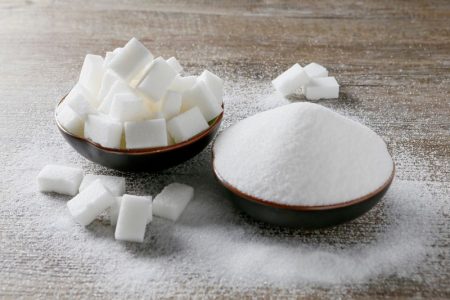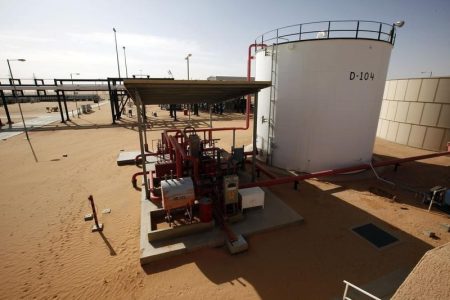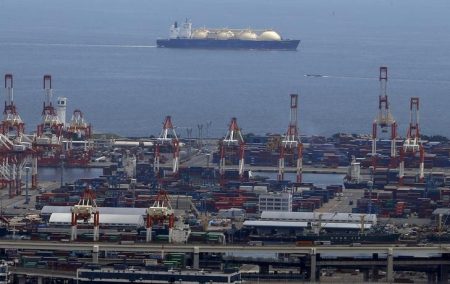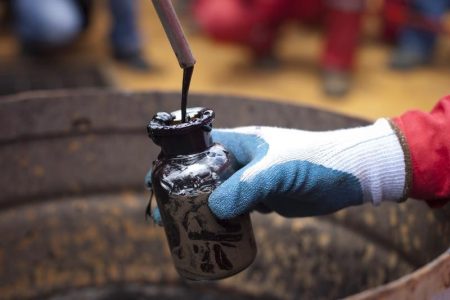The UK government has approved a proposal by the Competition and Markets Authority (CMA) to establish a statutory monitoring body for the road fuel industry. The decision follows a recent study revealing significant price increases in petrol and diesel and potential competition issues among fuel retailers.
Between May and October 2023, petrol and diesel prices surged by at least 11.1ppl and 13.9ppl respectively, according to a CMA report. Despite a decrease in wholesale costs in September and October, retail prices remained high. The CMA attributed the price hike primarily to global factors such as price increases during June, July, and August.
The report also highlighted a concerning trend in fuel margins – the difference between the cost of procurement and selling price of fuel – at supermarkets. From May to August 2023, these margins dropped from an average of 11.9ppl to 7.3ppl, a reduction of about 4.5ppl. However, August margins were still higher than those recorded before 2021.
In the subsequent months of September and October, the CMA observed significant increases in retail spread for both petrol and diesel – the difference between the average price paid by drivers at the pump and the benchmarked price that retailers purchase fuel at. The retail spread at the end of October was significantly higher than the long-term average of 5-10ppl.
Sarah Cardell, the CMA’s Chief Executive, expressed concerns over these developments. She emphasized the need for a permanent fuel monitor with powers to demand information from all retailers, highlighting gaps in their analysis due to non-responses from Shell (LON:) and Moto-Way, two fuel retailers.
While legislation consultation for this new regulatory body is planned for autumn 2023, the CMA will manage temporary monitoring using its pre-existing powers. Four-monthly interim reports will outline average pump prices, fuel margins, and price discrepancies among different retailers and supermarkets. However, due to the reliance on voluntary data provision by fuel retailers, potential gaps in the analysis are anticipated.
The CMA’s temporary pricing data scheme now includes 12 retailers, representing about 40% of UK forecourts and over 60% of fuel sold. Third parties like petrolprices.com and the AA utilize this data to provide transparent pricing information. Since 2017, supermarkets have consistently maintained a pricing gap of around 4-6ppl cheaper than other retailers, showcasing their competitive edge in the market.
This article was generated with the support of AI and reviewed by an editor. For more information see our T&C.
Read the full article here















